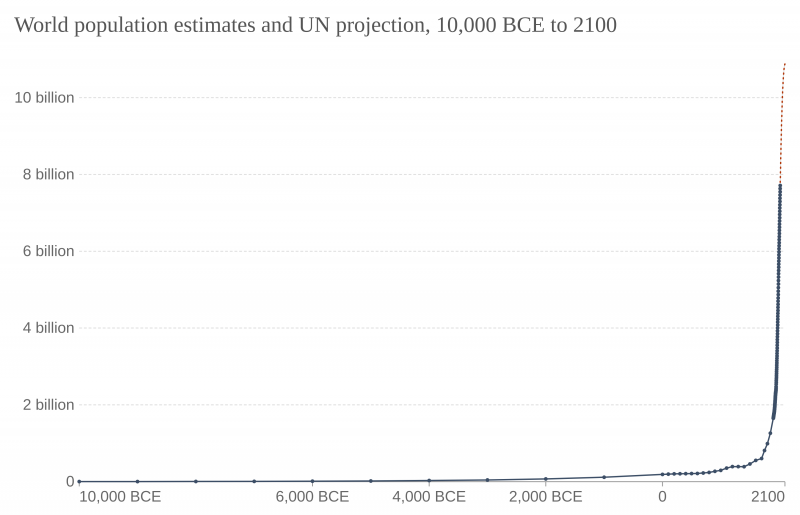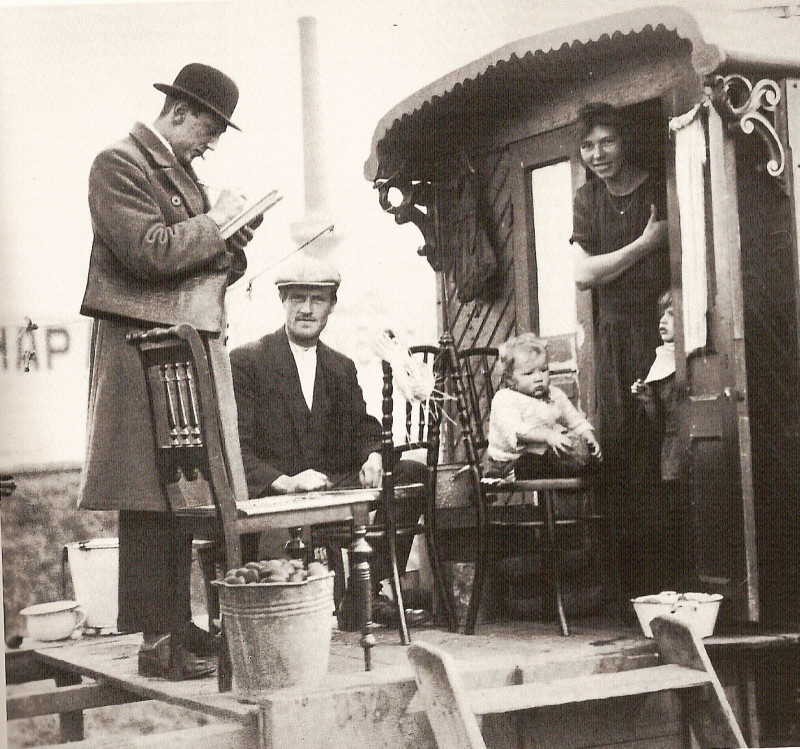A census is a systematic process of collecting, recording, and analyzing data about the members of a specific population, typically presented as statistics. While commonly associated with national population and housing censuses, it can also apply to areas like agriculture, business, or traffic. The UN defines essential features as individual enumeration, universality within a defined territory, simultaneity, and defined periodicity, recommending censuses every ten years. They also provide guidelines for topics, definitions, and classifications to ensure international consistency.
1911: UK census boycott by suffrage organizations
In 1911, suffrage organizations boycotted the UK census to protest against women's lack of voting rights, using the slogan 'no vote, no census'.
1929: Estimated world population
In 1929, Walter Willcox estimated the world population to be roughly 1.8 billion in his book, International Migrations: Volume II Interpretations, published in 1931.
1931: Publication of International Migrations: Volume II Interpretations
In 1931, Walter Willcox published a table in his book, International Migrations: Volume II Interpretations, that estimated the 1929 world population to be roughly 1.8 billion.
1956: First nationwide population and housing census in Iran
In 1956, the first nationwide population and housing census was conducted in modern Iran, marking a significant milestone in the country's statistical history.
1983: Census boycott in West Germany
In 1983, there was a census boycott in West Germany, highlighting political opposition to the census.
1987: Census boycott in West Germany
In 1987, there was another census boycott in West Germany, reflecting continued political concerns regarding the census.
2001: UK census analysis changes
Until 2001 in the UK, all residents were required to fill in the whole census form, but only a 10% sample was coded and analyzed in detail. New technology means that all data are now scanned and processed.
2009: Threatened census boycott in Kenya
In 2009, some ethnic groups in Kenya threatened to boycott the census if they were not allocated their own categories, illustrating a census boycott motivated by concerns related to the census itself.
2010: Abolishment of the mandatory long-form census in Canada
In Canada in 2010, the government under the leadership of Stephen Harper abolished the mandatory long-form census in response to protests from some Canadians who resented the personal questions.
2010: European Census Round Methodologies
In Europe, in connection with the 2010 census round, many countries adopted alternative census methodologies, often based on the combination of data from registers, surveys and other sources.
2011: Controversy over Canadian long-form census
During the 2011 Canadian census, there was controversy about the cessation of the mandatory long-form census; the head of Statistics Canada, Munir Sheikh, resigned upon the federal government's decision to do so.
2011: Royal Statistical Society Award for "Trout, Catfish and Roach..."
In 2011, "Trout, Catfish and Roach..." won an award from the Royal Statistical Society for excellence in official statistics. The article explained dual system enumeration using a fishing analogy.
2014: Threatened census boycott in Myanmar
In 2014, nationalists in Myanmar threatened a boycott if the Rohingya were allowed to self-identify in the census, representing a census boycott motivated by concerns related to the census itself.
2016: Reinstatement of the long-form census in Canada
In 2016, the long-form census was reinstated by the Justin Trudeau government in Canada, reversing the previous decision to abolish it.
2016: Most recent census completed in Iran
In 2016, the most recent nationwide population and housing census was completed in Iran. According to Iranian Statistical Center Law, nationwide census is to be carried out every five years by order of the president.
2020: U.S. Census data collection methods
During the 2020 U.S. Census, the Census Bureau primarily counted people by collecting answers sent by mail, on the internet, over the phone, or using shared information through proxies. These methods accounted for 95.5 percent of all occupied housing units in the United States.
2020: FAO's Impact of COVID-19 on national censuses of agriculture
In 2020, text was incorporated from Impact of COVID-19 on national censuses of agriculture (Status overview) (2020), FAO, FAO.
2020: FAO's World Programme for the Census of Agriculture
In 2020, text was incorporated from World Programme for the Census of Agriculture 2020 Volume 1 – Programme, concepts and definitions, FAO, FAO.
Mentioned in this timeline

Justin Trudeau served as the rd Prime Minister of Canada...
The United States of America is a federal republic located...
Myanmar also known as Burma is a Southeast Asian country...

The world population the total number of living humans surpassed...
Germany officially the Federal Republic of Germany is a Western...
Kenya officially the Republic of Kenya is an East African...
Trending
1 month ago India-Bangladesh Ties Strained as Hasina Faces Potential Execution; Extradition Unlikely.
1 month ago Tesla Approved to Launch Autonomous Rideshare Service in Arizona: A New Era
Jaden McDaniels is an American professional basketball player currently playing for the Minnesota Timberwolves in the NBA He played college...

9 months ago Dire Wolf's potential return clashes with Trump's endangered species policy; de-extinction questioned.

28 days ago Trump Pardons Gobble and Waddle: A Thanksgiving Tradition Continues with Presidential Humor.

1 month ago Peyton Watson's Opportunity: Millions on Nuggets Roster and Denver Breakout Potential.
Popular

Ben Shapiro is a prominent American conservative political commentator media...

XXXTentacion born Jahseh Dwayne Ricardo Onfroy was a controversial yet...

Candace Owens is an American conservative political commentator and author...

William Franklin Graham III commonly known as Franklin Graham is...
The Kennedy Center Honors are annual awards recognizing individuals and...

John F Kennedy JFK was the th U S President...
